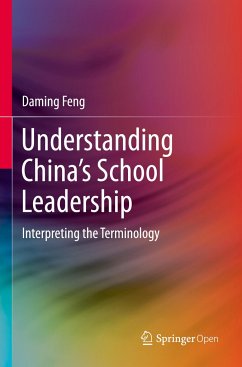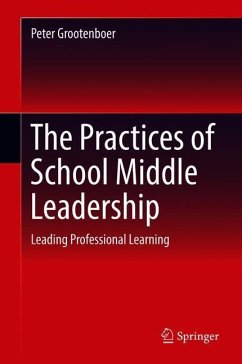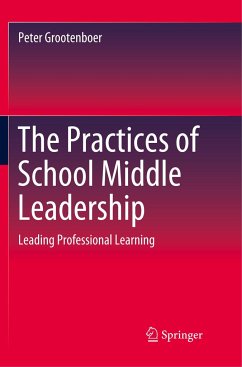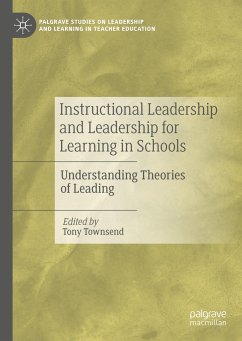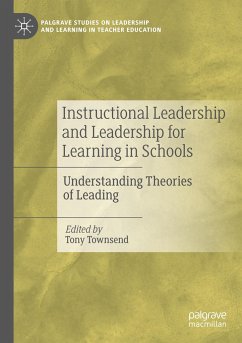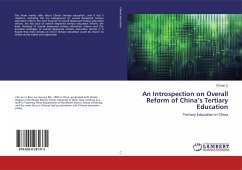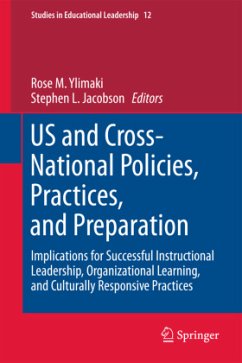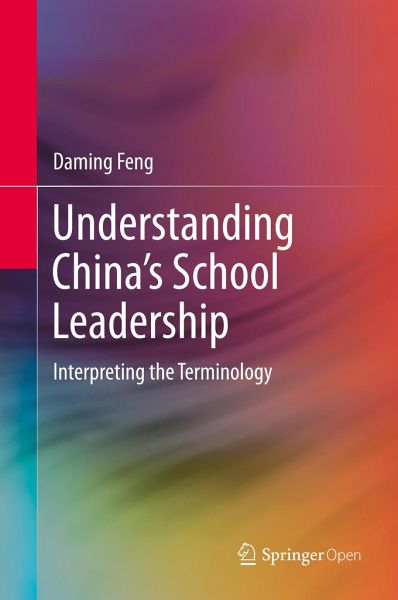
Understanding China's School Leadership
Interpreting the Terminology

PAYBACK Punkte
19 °P sammeln!
This open access book outlines key terms of China's school leadership in Chinese political and legal, financial, administrative, and cultural contexts. It reveals and interprets the real meaning of these practical terms based on existing laws, government documents, school policy texts as well as the latest empirical findings from school leaders and teachers' surveys and interviews in China. Providing a holistic picture of China's school leadership through the unique meanings of these terms, the book offers researchers and graduate students insights into school leadership practice and its conte...
This open access book outlines key terms of China's school leadership in Chinese political and legal, financial, administrative, and cultural contexts. It reveals and interprets the real meaning of these practical terms based on existing laws, government documents, school policy texts as well as the latest empirical findings from school leaders and teachers' surveys and interviews in China. Providing a holistic picture of China's school leadership through the unique meanings of these terms, the book offers researchers and graduate students insights into school leadership practice and its context in China. Thus, it would likely intensify readers' knowledge base to analyse and interpret the phenomenon and research data regarding China's school leadership.



